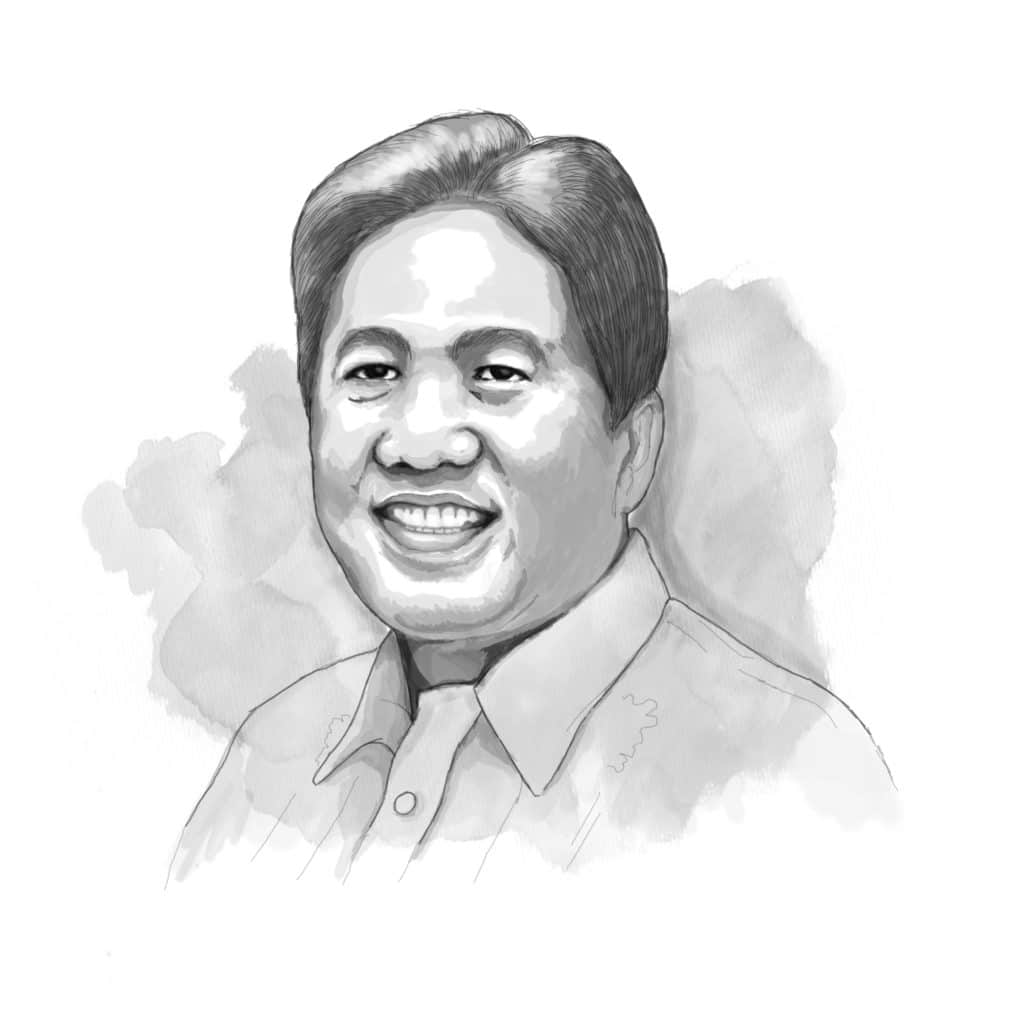ENDEAVOR

When I was in grade school, we had a quiz every Monday on current events. The questions revolved on the front-page headlines and the personalities involved. Hence, it was important to read the daily broadsheet newspaper that was delivered to our home by a bicycle-riding newspaper carrier.
That made me a fan of the Tour of Luzon — an annual summer event supported by leading companies — as most of the top cyclists were also newspaper carriers.
Today, I still get a subscriber’s copy of my favorite broadsheet delivered every morning. There’s no better way to enjoy one’s breakfast and coffee than by reading one’s favorite newspaper. The touch and feel of newsprint are superior to the glide and glitz of mobile phones and digital tablets.
But the present media landscape is totally different.
According to the latest (June 2024) Reuters Institute-University of Oxford Digital News Report by Yvonne T. Chua, less than half of today’s news consumers still rely on traditional media, or offline sources, and these are led by broadcast or television media, not by printed newspapers.
GMA Network and ABS-CBN are leading the way, along with TV5, with an average audience share of 47 percent, 40 percent, and 23 percent, respectively. Broadsheets such as Philippine Daily Inquirer, the Manila Bulletin and Philippine Star attained ratings of 27 percent, 22 percent, and 20 percent, respectively. Manila Bulletin’s Balita, a Filipino daily, has a 12 percent share.
These figures measure average weekly use. Three times a week consumption is also monitored regularly by Reuters-Oxford. The comparative figures for the top three are 39 percent, 31 percent, and 11 percent, respectively.
Indeed, the most critical resource today is Attention.
According to Thomas Davenport and John C. Beck: “Attention is focused mental engagement on a particular item of information. (As) items come into our awareness, we attend to a particular item, and then decide whether to act.”
In today’s digital world, individual attention span has become more limited. With the emergence of user interface design, human attention span has become increasingly narrower and shorter, on account of the tremendous power of technology to direct and shape behavior. Computers, home appliances, mobile and electronic devices seek to focus attention and direct action toward desired ends — which leads to problematic issues on human integrity and autonomy.
I am witnessing how persistent gadget use is shaping the mindset, behavior and attitudes of my soon-to-be seven-year-old grandson. While his parents and grandparents are doing their best to channel his energies to active sports and enjoyable learning experiences, the competition offered by digital gadgets remain formidable.
It may be well to delve deeper and gain a firmer grasp on the concepts underpinning the attention economics. Herbert A. Simon wrote in 1971:
“(I)n an information-rich world, the wealth of information means a dearth of something else: a scarcity of whatever it is that information consumes. What information consumes is rather obvious: it consumes the attention of its recipients. Hence a wealth of information creates a poverty of attention and a need to allocate that attention efficiently among the overabundance of information sources that might consume it.”
Toward the turn of the century, Georg Franc wrote in 1999: “(I)ncome in attention ranks above financial success" for advertising-based media like magazines and television.” This prompted information systems researchers to probe the possibility of “creating property rights in attention.”
Writing for The Edge in 2008, Kevin Kelly pointed out that in the modern attention economy, “the consumer product costs virtually nothing to reproduce and the problem facing the supplier of the product lies in adding valuable intangibles that cannot be reproduced at any cost.”
Today, such abundance of information is mediated by artificial intelligence (AI). AI is within every mobile phone user’s reach. This phenomenon emerged during the Covid-19 pandemic when stringent quarantine measures constrained people to stay indoors.
In The Social Dilemma, a 2020 American documentary drama that was premiered at the Sundance Film Festival in January 2020 just before the onset of the coronavirus pandemic, Tristan Harris, former Google ethicist and co-founder of the Center for Human Intelligence, explained the three main goals of tech companies, namely: first, engagement, to prod continuous scrolling by users; second, growth, to ensure repeat use and participation by more users; and third, generation of advertising revenues. And here’s the rub, says Harris: "If you're not paying for the product, you are the product.”
Aside from shaping behavior among children, the other major product of the attention economy is fake news.
Last week, more than 60 media organizations and networks, socio-civic and non-government organizations, cause-oriented groups, and schools, colleges and universities, signed a covenant to fight disinformation and fake news. The initiative was led by GMA Network and participated in by the Manila Bulletin. GMA Chairman Felipe Gozon underlined the problem of fake news proliferation in the social media platforms such as Facebook, Instagram and TikTok that is patronized by millions of misinformed and misled users that are preyed upon by unscrupulous — and even criminal — elements.
Last April, the Presidential Communications Office warned the public against a particular video content on social media that has been manipulated using deepfake technology to make it appear as if President Ferdinand R. Marcos Jr. is directing the military to act against a particular country, saying: “No such directive exists nor has been made. Deepfakes are an advanced form of digital content manipulation through the use of generative Artificial Intelligence (AI).”
The fight against disinformation and fake news starts in every family, home and school, where millions of young minds are shaped daily. Parents and teachers bear a heavy burden that they are certainly prepared and willing to carry, as they care deeply for the future of our children.